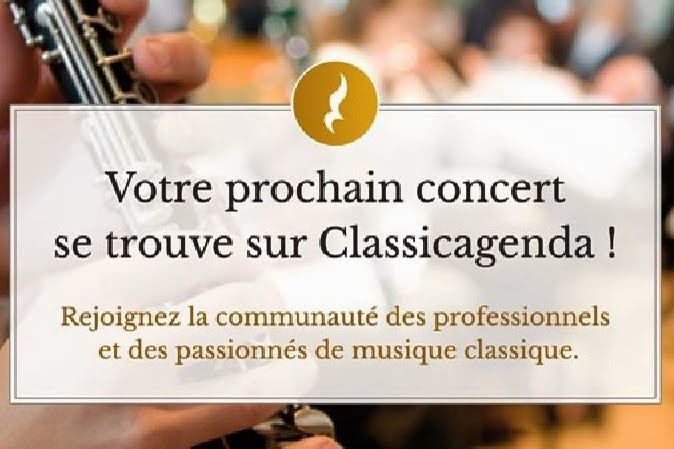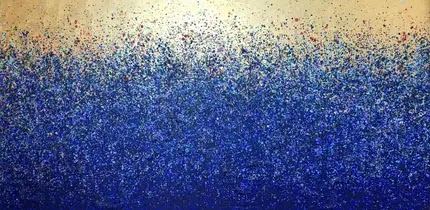19.7.18
16.7.18
Swedish contemporary art.

There is an
inscription to be read on the ceiling, in one of the rooms of the 16th
century “hôtel particulier” (town house), “Hôtel de Marle”, in the Marais area.
It reads “POST FUNERA FIDUS”, which, if something remains from my Latin lessons,
should mean something like “after death, faithful / loyal”. It seems to be a message to the father of a son who inherited the place. Well, this has actually nothing to do with what I wanted to report about, but...
Under the
beautiful ceiling…
… there is now
an art exhibition ongoing – until August 26. We are in the “Institut Suédois” (Swedish
Institute) and the works of some contemporary 30 Swedish artists living in
Paris are exhibited. You can read more
about the Swedish Institute here and about the art exhibition and the artists here.
This
beautiful building was bought by the Swedish State in 1965, was heavily renovated and
is open to public since 1971. I already
wrote about it several times, e.g. here, here and here.
The
exhibition opened by a vernissage, July 11, in the presence of almost all the
artists. We can see them (top left) standing on the stairs leading to the
beautiful garden. The official opening was declared by the Swedish Ambassador,
Veronika Wand-Danielsson, and we can see her (top right) together with the
exhibition curator Christian Alandente, with the head of the Institute, also Councillor
for cultural affairs at the Embassy, Ewa Kumlin, with Kerstin Decroix,
representing the unfortunately absent president of the “Association Artisitique
Suédoise à Paris” (Riina Ingel) and with the Institute’s art project manager
Marion Alluchon.
More than
500 people attended during this beautiful summer evening. Many are members of the “Association
Artistique Suédoise à Paris”, others will hopefully join. (Yes, I’m on the
board of the association.) The association has been active since 1957 and is
there to encourage Swedish artists working and living in France. You can read
about it here.
Labels:
Paris 3,
Swedish Institute
12.7.18
A statue which survived...
I thought I
should say a few words about this modest little square - named after Maurice Gardette,
a resistant who was executed by the Nazis in 1941 – and this for two major reasons:
One reason
is that this is where you can find one of the few metal sculptures which
survived the Nazi occupation. A few have been remade, thanks to saved original
plaster versions, but too many are missing. I have already referred to these
disappearances several times and I have especially written about one original
sculpture, which was replaced by an “apple” (I think this is a scandal, read my
posts here). More generally I can also refer to this site.
This sculpture,
which for some reason survived, is called “Le Botteleur” (a man binding hay) from
1891 and the artist is Jacques Perrin (1847-1915). You can find another statue by
him in Paris, of Nicolas de Condorcet (1743-94), which was among the destroyed
ones, but which has been replaced.
The other
reason refers to the Paris slaughterhouses. This square opened in 1872 after
the closure of a slaughterhouse in 1867, referred to as the “Abatoirs de
Ménilmontant” (and sometimes as the “Abatoirs de Popincourt”). It was one of
five slaughterhouses created by Napoleon (yes, him again) in 1810 to replace
the completely disorganized way of killing animals, including in the very city centre.
These five slaughterhouses were built 1810-18 and were placed outside the then official
city borders. Three more were added during the 1840’s. However, they were all
closed and replaced by one, big, central one, at “La Villette” (see previous
post), which opened officially in 1867 – and closed in 1974.
The square
is just a normal little one, there is a music pavilion (from 1899), a little
pond, some space for kids to play…
Here we can see where you found the slaughterhouse (1830 map) and where you today find the little square.
Here we can see where you found the slaughterhouse (1830 map) and where you today find the little square.
Labels:
Paris 11
9.7.18
Green space - Montmartre

I don’t
know what finally will become of this little park, in the middle of Montmartre.
There is in Paris a “Cité Internationale des Arts” which was created in 1965
and which offers international artists-in-residence programs. Most of their
activity takes place in a modern building in the Marais district, but there are
also some 35 studios at Montmartre, surrounded by green space, normally not open
to public. I visited it some five years ago, when it was exceptionally open to
public (see here) for a day or a weekend.
There have
been discussions about a need – and a budget - to do something with this area, where
today the buildings and the green space would need some “refreshing”. Words
like a Paris “Villa Medici” have been mentioned, but….
In the
meantime, there have however been some more active openings to the public. There is
now an event ongoing (until July 29), referred to as “La Villa
Extraordinaire”. You enter via the “Villa Radet”, a 19th century
building, built on the corner of the Rue de l’Abreuvoir (“abreuvoir” means a
watering place – which a few centuries ago was situated where this building now
stands).
This building used to host a number of artists in residence, but it seems
now to be transformed to allow exhibitions, installations... This is what we
can see today.
Once you
have visited this building (and maybe had a glass in the bar), you can reach...
... and
have a walk around the green space, where different activities are offered,
especially linked to sitting down, maybe have something to eat or drink and you
can of course have a glimpse at some of the old buildings, hosting artists.
Labels:
Montmartre,
Paris 18
5.7.18
Banksy's paint bombs

Banksy –
still anonymous - is today probably the most famous of living graffiti artists.
Using the stencilling technique his works have often a political, social touch,
but mostly with some sense of more or less dark humour. In December 2013, there
was a rumour that he had been around in Paris and I wrote about it here –
however it was never really confirmed and the few illustrations which were in
doubt soon disappeared.
Now it
seems that he has really been around in Paris and that he even has confirmed
this. He may have illustrated some ten walls. I have so far found six.
The mouse
which is riding on the champagne cork is to be found on the northern slopes of
Montmartre, Rue Mont Cenis (Paris 18). We can see that someone (who, which organisation?)
has protected the champagne bottle by a plastic screen. There is obviously a
similar illustration also somewhere in the Marais district.
No protection had been done with this already destroyed design of a young girl hiding a
swastika by using a paint bomb. It has been here, Boulevard Ney (Paris 18), only
a few days, but is already destroyed by vandals. I stole a picture on the net. This painting is also what you
find on the opening page of Banksy’s own site.
A third one refers to J-L David’s painting of Napoleon passing the Alps, but is obviously also
touching the subject of wearing or not wearing of niqabs. This one has been
protected and you can find it on Avenue de Flandre (Paris 19).
A fourth
one was rather impossible to photograph because of the reflecting Plexiglas
which is protecting it. Well, I prefer to show a photo I found on the
net rather than to see this illustration, a mourning girl, destroyed. It’s to
be found on a back door of the Bataclan Theatre, through which a number of
people, who were present during the November 2015 attack, managed to escape. (I - of course - blogged about this, e.g. here and here.)
This one,
protected, is to be found Rue Maître-Albert (Paris 5) and refers to 1968 and it
seems that Banksy, when confirming that he has been present in Paris, also
referred to 1968 as the year of the creation, in Paris, of stencil art.
The last
one I have found – so far – has obviously an anti-capitalistic message - a “businessman”
in a suit is offering a bone to a dog, obviously after first having used a saw…
You can find this one on Rue Victor-Cousin (Paris 5), just round the corner of
Place de la Sorbonne. (It seems to have
been protected, but the protection has disappeared.)
The top
picture is a little detail of the destroyed painting on Boulevard Ney.
2.7.18
Happy bees, bumblebees …

The other
day I found this in my little garden. Suddenly, this tree was full of flowers,
big flowers…
… and a few
hundred still preparing to “explode”. I will have flowers for many days to come! By the way, anybody know the name of this tree?
I got an immediate answer from Lyliane: Hibiscus syriacus. Thanks!! "Rose of Sharon, Syrian Ketmia, Rose Mallow, Mugunghwa, Guimauve en Arbre..."
I got an immediate answer from Lyliane: Hibiscus syriacus. Thanks!! "Rose of Sharon, Syrian Ketmia, Rose Mallow, Mugunghwa, Guimauve en Arbre..."
When you
look closer at these flowers, you would imagine that if you were a bee or a
bumblebee or…
I tried to get some photos when they were flying in, but it's not easy..
So, they arrived in great number and seemed quite exited, from early morning to late evening! Where do they go to sleep? Any hives in the neighbourhood? Probably - they are all over Paris nowadays.
So, they arrived in great number and seemed quite exited, from early morning to late evening! Where do they go to sleep? Any hives in the neighbourhood? Probably - they are all over Paris nowadays.
Subscribe to:
Posts (Atom)



















































